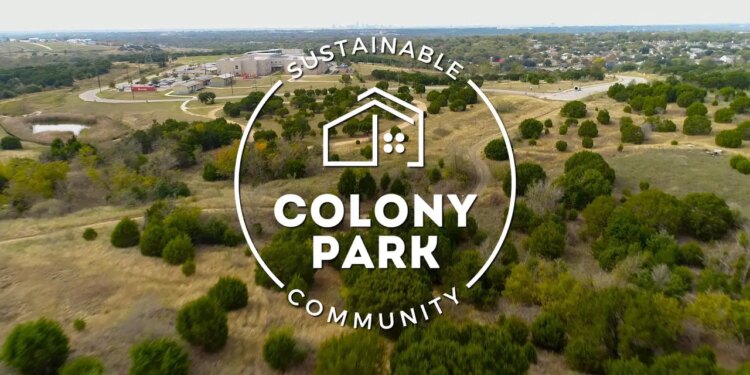Catellus Development Corp., the California-based agency famend for its involvement within the expansive 700-acre Mueller neighborhood, is pushing for vital zoning modifications to pave the way in which for the Colony Park Sustainable Neighborhood. The developer is at the moment within the technique of searching for approval from Metropolis Corridor to amend the present deliberate unit improvement, or PUD, zoning for Colony Park. This modification goals to allow elevated density on the positioning. This bold challenge seeks to rework 208 acres of city-owned land nestled alongside Austin’s Japanese Crescent, on the far east facet, right into a sustainable and vibrant neighborhood.
Colony Park Sustainable Neighborhood (CPSC) initiative is led collectively by the Metropolis of Austin and the local people. The proposed zoning modifications are instrumental in reshaping the present deliberate unit improvement (PUD) zoning for Colony Park, permitting for higher density and unlocking the potential for substantial progress. This alteration, as soon as accredited by Metropolis Corridor, will empower the developer to assemble 2,000 to three,000 new housing items and allocate over 41 acres for parks and open areas within the neighborhood. The challenge’s location, simply west of Lake Walter E. Lengthy close to Decker and Loyola lanes, makes it a strategic improvement, being lower than 10 miles north of Tesla Inc.’s gigafactory.
The precise composition of those housing items stays into account, with questions surrounding the proportion of multifamily and single-family items, in addition to rental and for-sale properties. Alongside the residential growth, plans embody the creation of 230,000 sq. ft of business house, that includes 125,000 sq. ft devoted to retail. This monumental endeavor is estimated to generate 2,900 building jobs and supply 1,200 everlasting positions, providing a considerable financial increase to the area.
Value of the Colony Park Sustainable Neighborhood Mission
The challenge’s price ticket is roughly $257 million, based on metropolis paperwork. When accomplished, it’s anticipated to yield $780 million in taxes for the town, considerably contributing to the native. To deal with the neighborhood’s wants and to advertise inclusivity, 20% of the event’s items are earmarked to be income-restricted. For leasable items, a cap of 60% of the world’s median household revenue is proposed, whereas items on the market are capped at 80% of the median household revenue.
Learn additionally: Halfmoon approves zoning for 146 Marketplace: A Resort-Style Community
The Colony Park Sustainable Neighborhood challenge acquired a big increase in November 2022 when the town established a Tax Increment Reinvestment Zone (TIRZ) for the positioning. This TIRZ allows property tax income from the world to be reinvested into the event, facilitating monetary help for the redevelopment prices. Over half of the development prices are anticipated to be lined by the recapture of a projected $155 million in land sale income. The remaining $102 million will come from numerous sources, together with metropolis participation in tax increment financing, the Capital Enchancment Program, a possible $5 million from an reasonably priced housing bond bundle, and a developer-administered public enchancment district. Roughly 381 income-restricted dwellings are anticipated as a part of this challenge.
The challenge’s roots hint again to December 2014 when the Austin Metropolis Council adopted the Colony Park Grasp Plan and Deliberate Unit Growth (PUD) zoning district. The next partnership with Catellus Growth Company in Might 2020 marked a big milestone in turning this imaginative and prescient right into a actuality. Along with the neighborhood, the Metropolis of Austin and Catellus are actively engaged in crafting a Grasp Growth Settlement that aligns with the Colony Park Sustainable Neighborhood Grasp Plan, promising a brighter future for District 1 and all of Austin.



